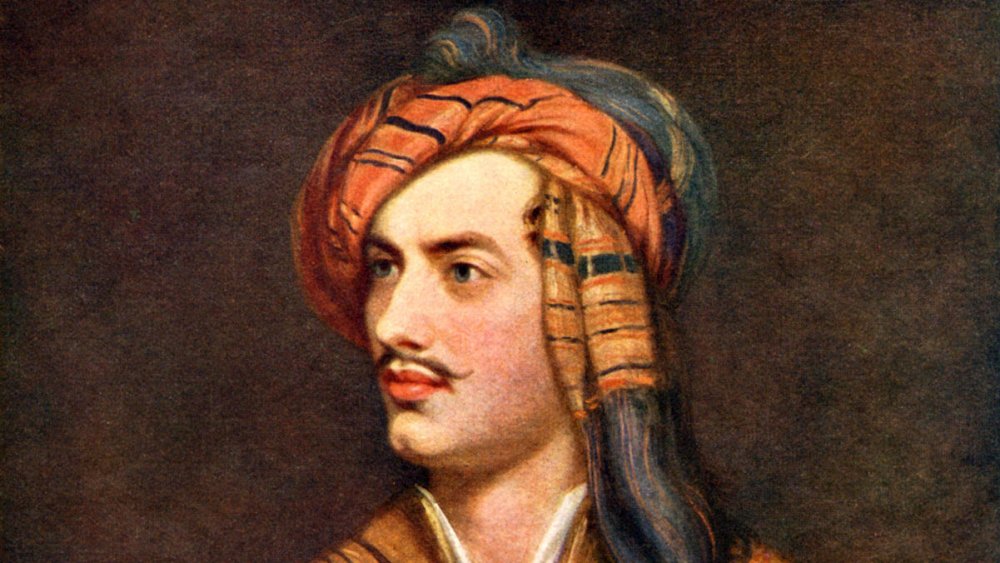The Untold Truth Of The Origin Of Vampires
Although they now suffer a severe case of camp, vampires lurked in the dark corners of humanity's imaginations for millennia. Every culture has some form of hemophagic undead monstrosities, but the creatures commonly known as "vampires" today, ala Nosferatu, come from Eastern Europe. Specifically, they are, as the historian Paul Barber describes in an article for the Journal of Folklore Research, "an ingenious and elaborate folk-hypothesis that seeks to explain otherwise puzzling phenomena associated with death and decomposition."
These sorts of vampire stories first originated in Serbia. In 1732, according to Scientific American, Dr. Johannes Flücklinger, a regiment medical officer, visited a village in the Carpathian mountains where forty villagers had been exhumed and thirteen were branded as vampires. The corpse of a woman who died in childbirth two months previously had not decayed, a strange condition that also afflicted the other bodies diagnosed with vampirism, as you can read in his notes today. It was said that the first villager infected had been a soldier named Arnod Paole, who — following his death — was sighted attacking both people and cattle, presumably to suck their blood. To end the madness, it was said that the villagers drove a stake in Paole's heart, which Dr. Flükinger notes was their custom, causing the corpse to bleed fresh blood and audibly groan.
Before this, such vampire legends were not known throughout most of Europe. Following Dr. Flücklinger's report, these tales went widespread, and secured the vampire narrative for prosperity.
The disease made sexy
While Bram Stoker would later become famous for creating Dracula, the first writer to intermingle Eastern European vampire mythology with a more urbane-natured beast was John William Polidori, as explained by the Public Domain Review, when he authored his short story, "The Vampyre." Even with the change in character, the ancient connection between the vampire and blood and disease remained, as John Polidori was the personal physician for Lord Byron.
The two had a poor relationship, with Byron eclipsing Polidori wherever they went, and Polidori's suave, seductive, English vampire, Lord Ruthven, is often compared to Byron himself.
Here's the importance of this reimagining: as the eighteenth and nineteenth centuries progressed, medicinal knowledge increased. Things people thought of as good for you were proven unhealthy, and vice versa. Humans came to accept how the spread of disease didn't require a demonic entity.
However — and this is key — the connection to disease and blood continued, via the form of sex and seduction, and this played into how Polidori's story set the foundation for vampires being transformed from diseased monsters into dangerous sex symbols. At the end of "The Vampyre," Lord Ruthven seduces the hero's sister, marries her, and sucks her dry on their wedding night. The novelist Caroline Lamb, who famously described Byron as "mad, bad, and dangerous to know," could sympathize with this scenario. Sex became the new biological horror, and the vampire myth kept it in the blood.

